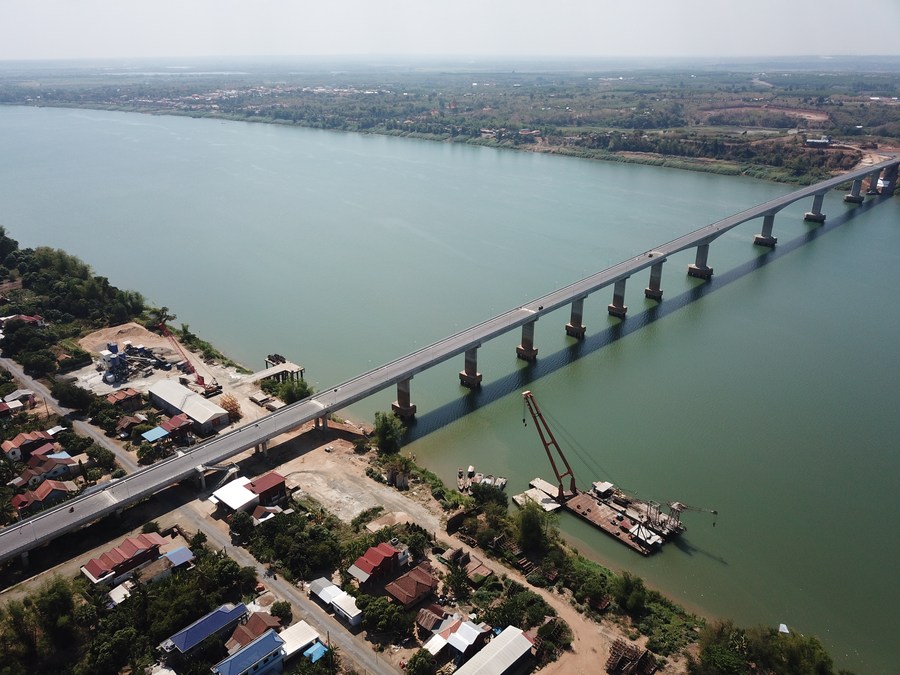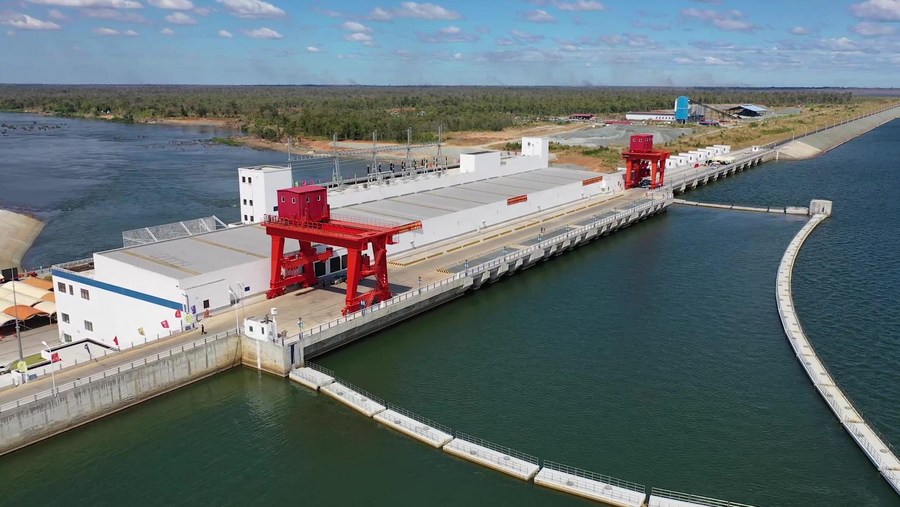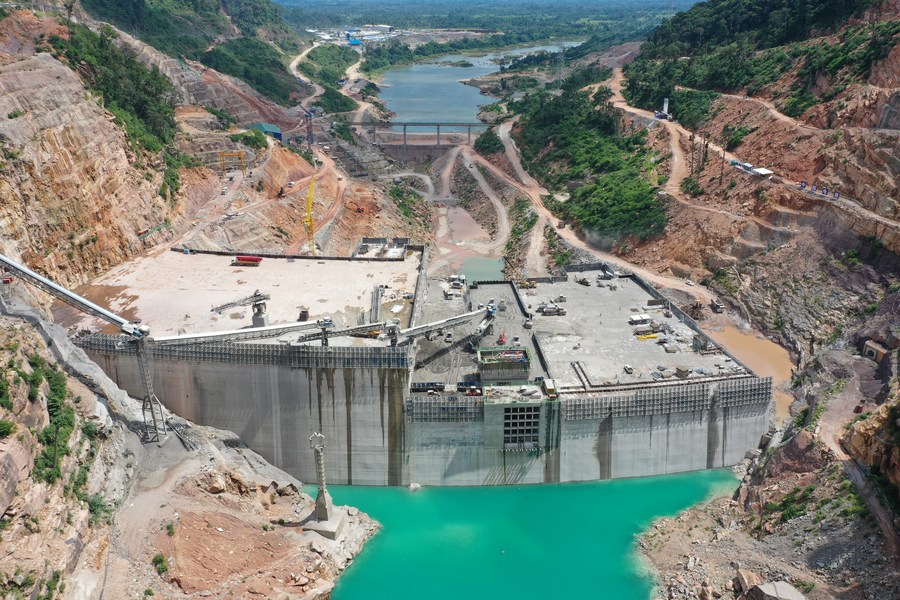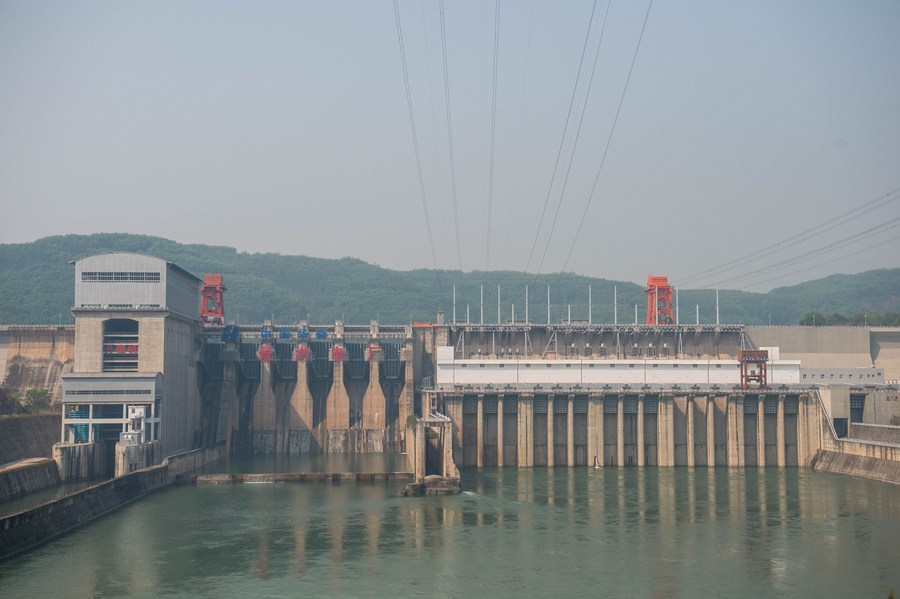

The Lancang-Mekong Cooperation (LMC) is crucial to help promote power connectivity and energy cooperation among the six LMC countries, an official at the Electricite Du Cambodge (EDC) said in a recent interview.
Prom Sokrith, chief of the administration at the EDC's Power Plant C7 (400 megawatts) in Southern Cambodia's Kandal province, said under the LMC, he took part in a Lancang-Mekong Power Connectivity Cooperation seminar held in Kunming, capital of southwest China's Yunnan Province, on June 23-30, 2019.
He recalled that the seminar gave a rare opportunity for officials from LMC countries to discuss and share views on regional power connectivity and energy cooperation in order to promote common development.

He said power connectivity is one of the priority areas of the LMC.
"That seminar was important to enhance cooperation in regional power grid planning, infrastructure construction, upgrading and renovation to promote power connectivity and power trade among LMC countries toward the vision of establishing an integrated regional power market," he told Xinhua. "It's really useful for electricity planners."
The LMC consists of six countries, namely China, Cambodia, Myanmar, Laos, Thailand and Vietnam.

Launched on March 23, 2016 during the first LMC Leaders' Meeting in Sanya, a resort city in south China's Hainan Province, the LMC focuses on the areas of connectivity, industrial capacity, cross-border economy, water resources, agriculture and poverty reduction.
Sokrith said the LMC has brought tangible benefits to peoples in Cambodia and other countries in the Lancang-Mekong region and was confident that with the leaders' strong political will, a vision to build a community with a shared future of peace and prosperity among the Lancang-Mekong countries will be realized.
"Personally, I highly value the LMC because it is a good example of regional multilateral cooperation and I believe that it will help boost the development of our region in all spheres and contribute to narrowing the development gap in the Association of Southeast Asian Nations (ASEAN)," he said.

For the future development, he suggested the LMC to arrange a meeting for energy officials at least once a year to deepen friendship, to discuss common challenges and to share the latest developments of the power industry in their respective countries.
Originating from the Qinghai-Tibet Plateau in China, the river is called the Lancang River in China and the Mekong River when it flows through the lower reaches before emptying into the sea.